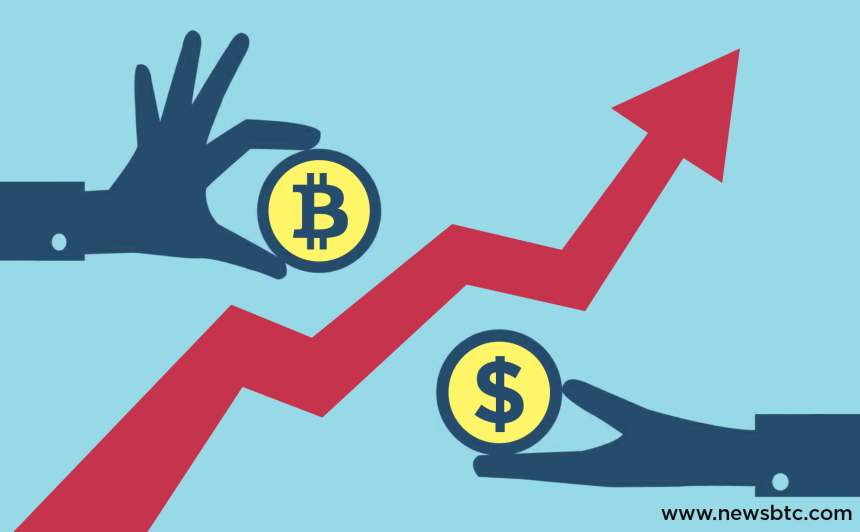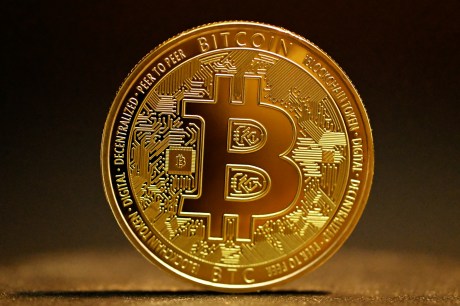Over the past decade, the world’s financial markets have been characterized by uncertainty, not least in the wake of the global ‘great recession’ that began unwinding in December 2007. This impacted in many areas, and certainly placed the activities of central banks under increasing scrutiny.
Less than a year after these tumultuous events, the term Bitcoin was first coined, by ‘persons unknown’, named as Japanese programmer Satoshi Nakamoto. Working outside centralized financial institutions, this digital or cryptocurrency – regulated by encryption techniques rather than fiscal regulations – has now been providing a means to generate personal wealth that is thriving beyond traditional restrictions.
China: the lion’s share of the bitcoin market
An analysis of last year’s bitcoin exchange data reveals many interesting facts about the current situation. In recent years the vast amount of trading has remained in the Far East, albeit on the other side of the China Sea to where the technology originated, with Chinese exchanges accounting for around 94% of the world’s total trade. In fact, this annual volume was accounted for by only three organizations – BTCC, Huobi and OKCoin.) The bitcoin volumes reported for the fourth quarter of 2016 represented a 300% increase on the comparable figures from the previous year. Historically, the People’s Republic has never introduced fees with its bitcoin trading, so this lion’s share of the global market has always been somewhat skewed.
The truer picture
Until China did go ahead and inject the cryptocurrency market with a fixed rate charge of 0.2% on trading, commentators did try to estimate a truer picture of the way trade panned out. One analyst went so far as to suggest that stating Chinese exchanges accounted for between 94 and 98% of the worldwide volumes was entirely misleading.
Across the world, exchanges in China were unique in that they made their money from withdrawal charges as opposed to charging for trades. These withdrawal costs also reduced in inverse ratio to increases in the volume of trading, which only encouraged bitcoin traders to inflate these figures by purchasing and selling from themselves for zero outlays. In other words, the huge amounts of available data about global bitcoin activities were merely muddying the waters rather than presenting any sort of meaningful picture.
It is interesting to note that China’s bitcoin exchanges were not always running on a no-fee basis. Prior to September 2013, two of its three largest outlets, BTCC and OKCoin, were charging 0.3%. The former introduced the zero rate in what was originally intended to be a trial experiment. This had a much longer-term effect, with the different organizations competing to offer customers the greatest incentives to adopt themselves – resulting in a race to the bottom.
The analyst summarized the situation by extracting data from Chinese share of the global exchange volume, attempting to sift out a better estimate of the global marketshare than the ‘fake’ share. Taking into account the diverse variables, there has actually been a significant drop in the share of the overall trade, with reinterpretation of the marketshare revealing the truer figure for China’s ‘big three’ to be closer to 35%. Nevertheless, many bitcoin traders are sticking with these tried-and-tested outlets.
Blockchain developments
Blockchain, the distributed ledger technology underpinning bitcoin buying and selling, currently has two main participants – financial firms and startups. Last year saw financial firms making the most ground in this area. An example of this would be Vulcan blockchain, introduced by PriceWaterhouseCoopers, which gives traders the opportunity to launch digital assets that trade alongside cryptocurrencies.
There are many others on offer, such as Rubix, bringing robust enterprise and start-up speed. Vulcan, Rubix and several others are indications that this area of virtual trading is constantly evolving. Indeed, these trends can be viewed in the wider context of internet trading as exemplified by sites such as Top Offer Affiliate Network. If the previous decade has revealed levels of volatility in financial markets, it is more important than ever to continue studying the overall picture.























